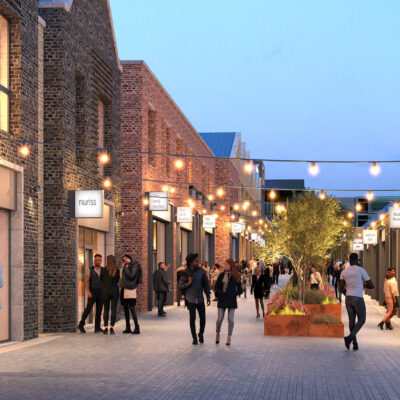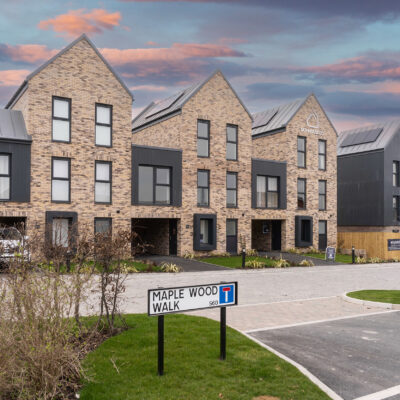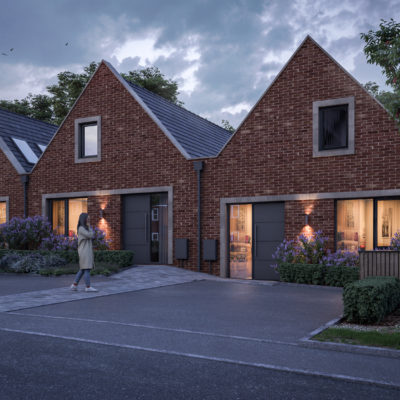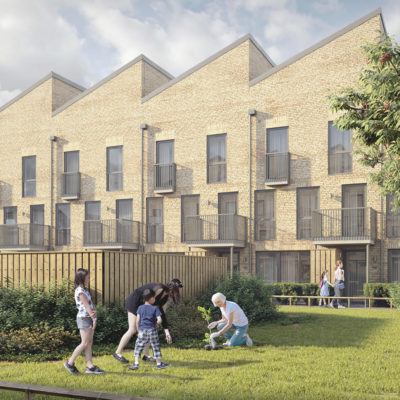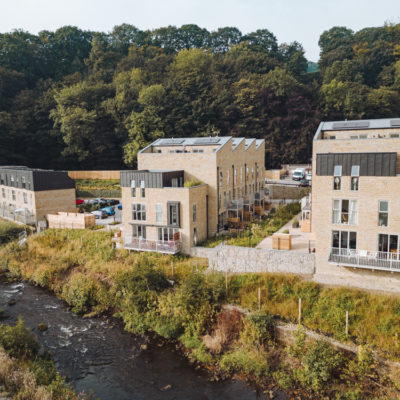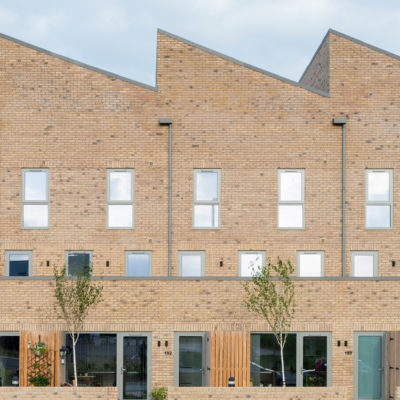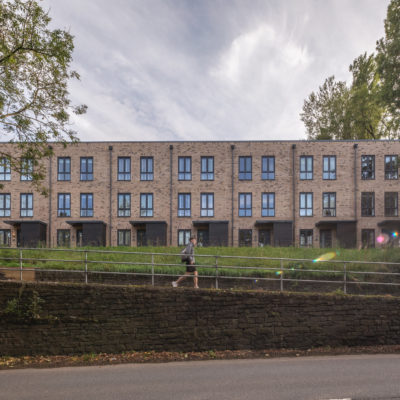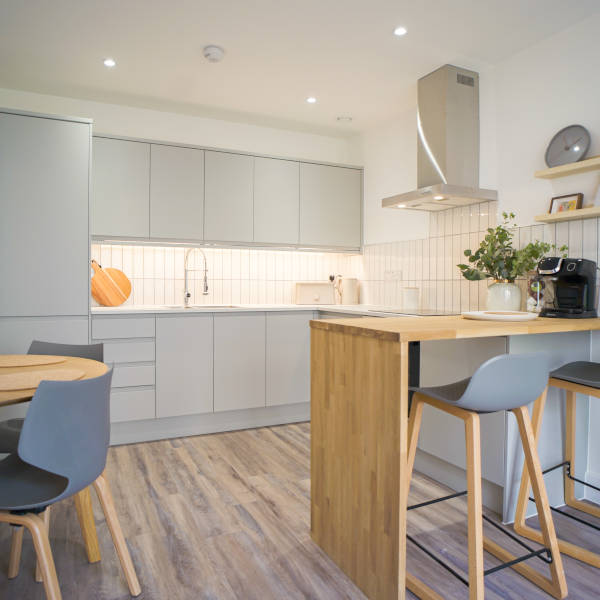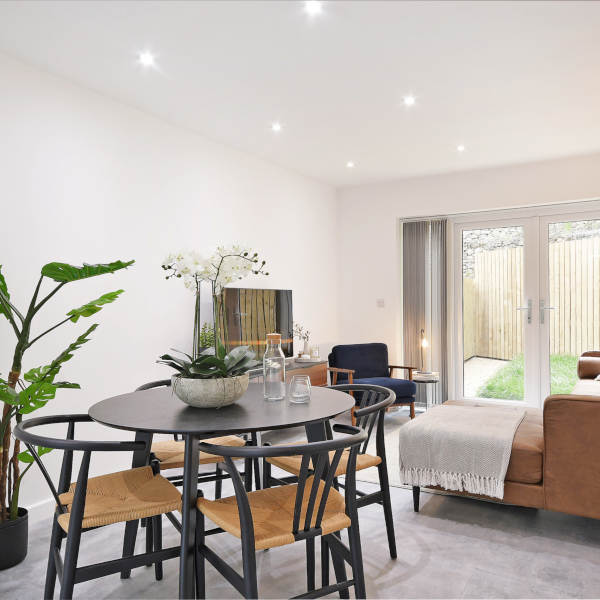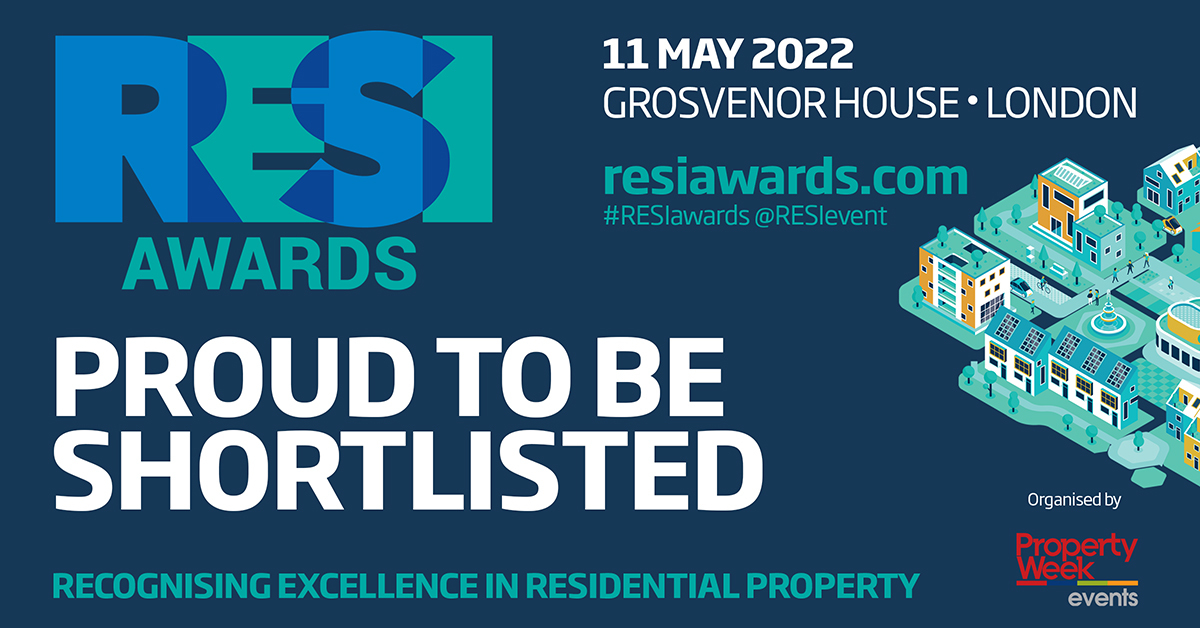City Living Reimagined: Unveiling the Benefits of Sensitive Density
Urbanisation is on the rise. Cities are growing, and with them comes the challenge of accommodating a growing population without sacrificing liveability. This is where the concept of “sensitive density” steps in.
What is Sensitive Density?
Sensitive density isn’t just about packing more people into a smaller space. It’s about creating high-density developments that prioritise human experience and well-being. It’s a thoughtful approach to urban planning that aims to achieve a balance between:
- Increased housing options: Meeting the needs of a growing population by building more homes without sacrificing green spaces and open areas.
- Vibrant communities: Fostering a sense of community by encouraging interaction and walkability through shared spaces and well-designed streetscapes.
- Sustainable living: Promoting sustainability by incorporating energy-efficient features, green infrastructure, and encouraging alternative modes of transportation.
How Does Sensitive Density Work in Practice?
House builders like Sky House Co are putting the principles of sensitive density into practice with their developments. Here are some ways we achieve this:
- Mixed-use developments: Building a mix of residential, commercial, and retail spaces creates a vibrant and walkable environment where residents can access their daily needs within a short distance.
- Smart design: Utilising efficient housing layouts that maximize space without feeling cramped.
- Prioritising green spaces: Integrating parks, gardens, courtyards, and green roofs into the development, providing residents with much-needed access to nature.
- Pedestrian-friendly design: Focusing on walkable streets, bike lanes, and public transportation options to reduce reliance on cars.
Benefits of Sensitive Density
The benefits of sensitive density go beyond just creating liveable spaces. It can also lead to:
- Reduced environmental impact: By encouraging sustainable practices and walkability, sensitive density developments can contribute to a lower carbon footprint.
- Stronger communities: Shared spaces and a mix of residents can foster a sense of belonging and connection.
Neighbourhoods

We are proud of our neighbourhoods, which are built with care to create thriving and blossoming communities. Our homes are designed to help people live better lives.
